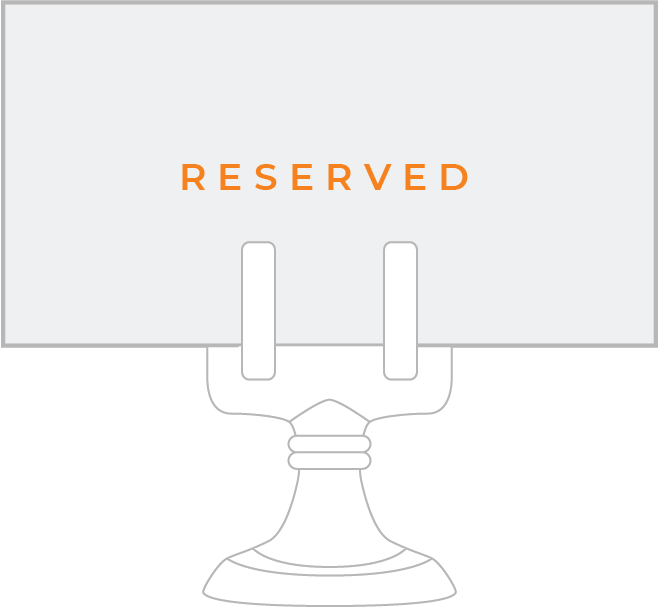Today’s travelers have more options than ever when deciding where to stay while in transit. To remain competitive, hotels are adding thoughtful touches to keep guests checking in again and again.
Hotels, more than any other commercial space, are inherently intended to evoke the proverbial “home away from home” feeling. With technology changing the way we live in private, it makes sense that there’s been a recent spike in residential design trends permeating the hospitality sphere—and vice versa. “There is an undeniable blurring of the lines,” says Gary Inman, a designer and vice president of hospitality at Baskervill, a Richmond, Virginia–headquartered design firm that has created luxury hotel interiors across the globe. “The influence between residential and hospitality design is bidirectional,” he says. “With more firms and designers bridging the two markets, the cross-pollination is certain to become more profound.”
While high-end resorts are inspiring new home elements such as spas, luxury bedding or patio fire tables, residential design is driving new hospitality trends toward versatile communal spaces and attention to the details of user experience. The slow but sweeping change is all part of a narrative movement that Inman says is seeping into the industry. “Storytelling has become the mantra in hospitality design, an approach borrowed from luxury residential design,” explains Inman, who founded Hospitality At Market, an industry summit whose fourth-annual event will take place at October’s High Point Market, featuring a panel on the intersection of residential and hospitality design.

BOH subscribers and BOH Insiders.










































